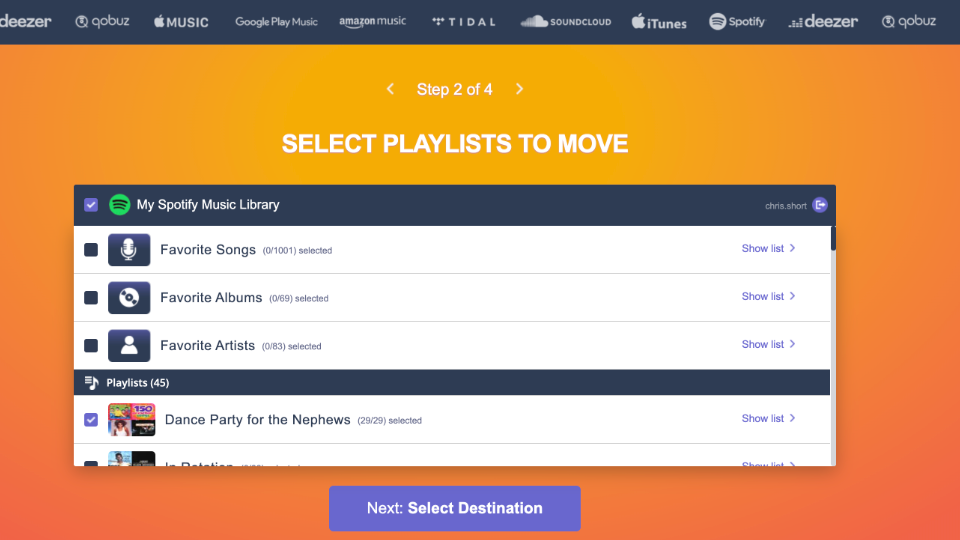This past week, Spotify has made it very clear that they are a podcast service first and a music service second. Regardless of how you feel about Neil Young, his music, or him asking Spotify to remove his music if they’re going to keep Joe Rogan’s podcast going, Spotify put a flag in the sand. This isn’t my first rodeo moving off Spotify either. This added something extra: unification of years split between many music streaming services.
History
Some of us remember when Spotify first came to the United States. It was a revelation in music streaming. It made your music more tailored to you instead of the aggregate data used by other services. Pandora tried to do this but bombed past a certain point. Spotify was a game-changer for listening to music. But then came iTunes Match, and overnight, for $25, it gave legitimacy to your music library. You could make sure your music collection was 100% legit (regardless of how you came across some of those MP3s in the early 00s). Moving services back then was VERY hard, if not impossible. I remade playlists in a laborious process using the tools I had at the time.
Years later, while Apple was spending most of its money on Apple Music 1, we became Spotify customers again. It felt like Apple took its eye off the music, albeit momentarily. Spotify was what most of my friends were using. Facebook hadn’t turned 100% evil yet, so it made a lot of sense to put the family on the most popular music streaming service at the time: Spotify. Then the podcasts came (a service few wanted), but the music didn’t worsen. Spotify kept up (at least the algorithms did). Now, we’re at this point where it’s time to pay for only what we want: music. Our family isn’t here to help Spotify win a podcast app war no one wanted. We’re Overcast users anyway (it is the best podcast app).
How to Move Off Spotify
There’s an interesting wrinkle here: we are Verizon customers. Once I realized that I wanted to upgrade my Verizon plan to their top tier plan, including extra services (value adds), like Apple Music. The good news for me was my phone plan chose a music streaming service for me: Apple Music. I considered Amazon Music too. It ended up becoming a backup destination (because you never know).
I was delighted to find a couple of services to help me make a move off Spotify smooth. My friend Justin (not Garrison) used soundiiz.com. I used tunemymusic.com; we both have the same experience. You pay for a month (or year, like Justin did) of service ($4.50/month, $24/year for tunemymusic.com at time of writing). Then you can move your Spotify playlists to other streaming services, including Apple Music, Amazon Prime, YouTube, and many others.


Use Cases
Justin paid for a year to sync his playlist daily from his music service of choice to another party playlist on another service his friends use. These interoperability tools make it easy and affordable to move your playlists and keep different ones in sync across services if you so choose.

Justin’s use case is one scenario you could find yourself in. My wife, Julie, is on Spotify until my new phone plan kicks in on February 7th. We share some of her playlists for Max and our nephews. On the 7th, when she moves over, she’ll want these playlists too. For now, I’m keeping these shared playlists public and syncing them daily to my Apple Music profile so she can grab them and make them her own again. Either that or we’ll spend another $4.50 and migrate everything from her Spotify account to her Apple Music account.
Conclusion
Regardless, moving off Spotify has never been more accessible thanks to these services. Think of them as an IFTTT or Zapier for music streaming services. Whatever your needs are, there are ways to get what you want out of Spotify. Including their curated playlists, I like Jazz Vibes, for example, into the service of your choice. If I become displeased with Apple Music in a few years (it happened before), I’ll lean on these services again in the future.
